- About us
- Support the Gallery
- Venue hire
- Publications
- Research library
- Organisation chart
- Employment
- Contact us
- Make a booking
- Onsite programs
- Online programs
- School visit information
- Learning resources
- Little Darlings
- Professional learning
Belinda Giblin (b. 1950), grew up in Tamworth, where her parents were involved in amateur theatre. Though academically confident, she wanted to be an actor, and proceeded from the University of Sydney to NIDA. In the early 1970s she appeared in two episodes of the Hector Crawford production Matlock Police, which led to her casting in a regular role in The Box (1973-1977) and parts in various other Crawford shows. Billed fourth after Jack Thompson, Jacki Weaver and Wendy Hughes in the R-rated Petersen in 1974, she donned plunging attire for Alvin Purple (1976). For some years in the mid-1980s, she was a shoulder-padded star of the Reg Grundy hit show Sons and Daughters. Having worked for some years as a public-speaking coach and corporate trainer, in 2015-2016 she took to the Sydney and Melbourne stage in Blonde Poison, playing a Jewish woman blackmailed into collusion with Nazis. She returned to Australian television in 2019 on Home and Away.
Stuart Campbell graduated from NIDA and appeared in various Australian films and television programs in the 1970s and early 1980s. Meanwhile, he photographed friends and colleagues. In time, he built up a unique record of the actors, directors and writers of the decade’s ‘Australian New Wave’ cinema.
Collection: National Portrait Gallery
Gift of the Estate of Stuart Campbell 2012
© Estate of Stuart Campbell
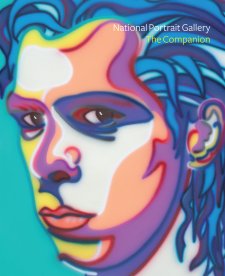
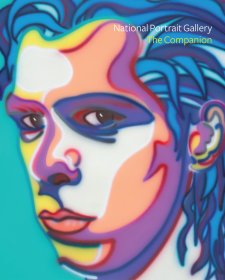

On one level The Companion talks about the most famous and frontline Australians, but on another it tells us about ourselves.

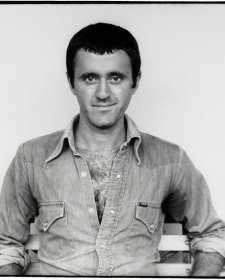
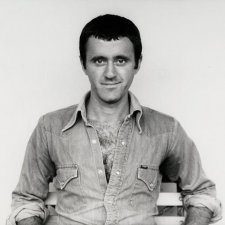
Lee Tulloch remembers her great friend NIDA-trained actor turned photographer Stuart Campbell.
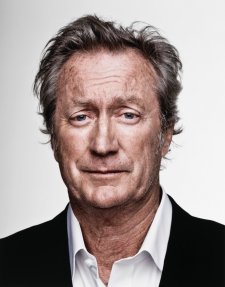
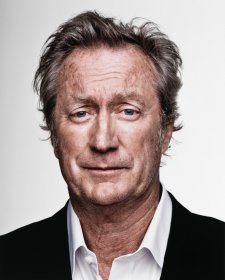

Featuring striking photographic portraits of contemporary figures from the National Portrait Gallery collection, The Look is an aesthetic treat with a lashing of je ne sais quoi.